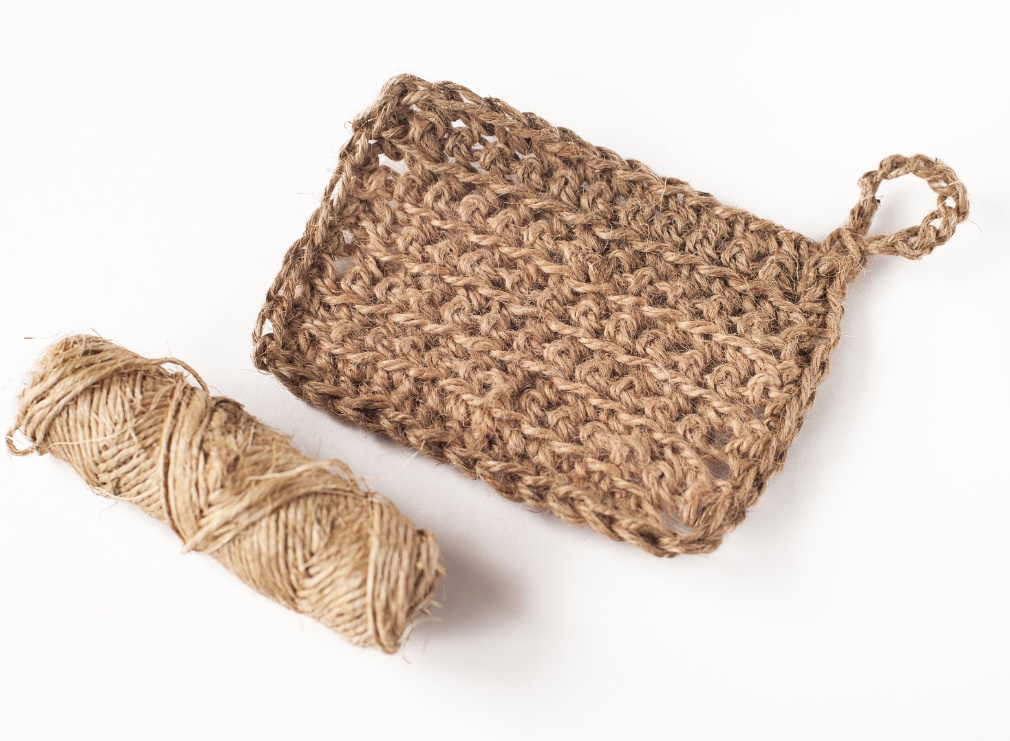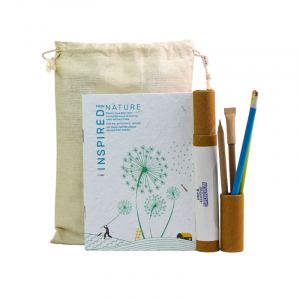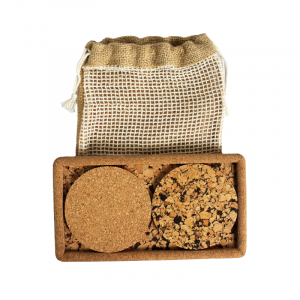Jute Products

Known as the ‘golden fibre’ jute is one of the longest and most used natural fibre for various textile applications.
The fibre Jute is long, soft and shiny, with a length of 1 to 4 m and a diameter of from 17 to 20 microns. Jute fibres are composed primarily of the plant materials cellulose (major component of plant fibre) and lignin (major components of wood fibre). The fibres can be extracted by either biological or chemical retting processes. Given the expense of using chemicals to strip the fibre from the stem biological processes are more widely practices. Biological retting can be done by either by stack, steep and ribbon processes which involve different techniques of bundling jute stems together and soaking in water to help separate the fibres from the stem before stripping. After the retting process, stripping begins. In the stripping process, non-fibrous matter is scraped off, leaving the fibres to be pulled out from within the stem.
Environmental benefits Jute fibre is 100% bio-degradable and recyclable and thus environmentally friendly. A hectare of jute plants consumes about 15 tonnes of carbon dioxide and releases 11 tonnes of oxygen. Cultivating jute in crop rotations enriches the fertility of the soil for the next crop. Jute also does not generate toxic gases when burnt.
Uses of Jute Jute is a versatile fibre. During the Industrial Revolution, jute yarn largely replaced flax and hemp fibres in sackcloth. Today, sacking still makes up the bulk of manufactured jute products. A key feature of jute is its ability to be used either independently or blended with a range of other fibres and materials. While jute is being replaced by synthetic materials in many of these uses, some take advantage of jute’s biodegradable nature, where synthetics would be unsuitable. Examples of such uses include containers for planting young trees, geotextiles for soil and erosion control where application is designed to break down after sometime and no removal required.


